On Nov. 11 at 5 p.m. in the Bryan Oliver Gallery of the Lied Center for the Visual Arts, the 2014 Whitworth Faculty Exhibition entitled “Parole,” opened for students to walk through.
“It’s cool that professors can show their art and students can see it. We can get an understanding of who they are outside of the classroom,” senior Amanda Blankenship said.
At 6:30 p.m., students and faculty gathered in the center of the gallery so each professor could explain their art and students could ask questions or comment on them. Professors strongly encouraged students to comment and even critique their pieces, since professors are often the ones who do the critiquing in the classroom. However, the discussion was still mainly driven by conversation between the professors.
A piece called “Nightie” by professor Katie Creyts was a night gown sewn out of handkerchiefs, in the form of a straight jacket. She explained the piece as a possible representation of being in love with your own sorrow and the soft material representing the ease of breaking free of that. During the discussion, a student perceived the resemblance of the piece to the stereotypical housewife and how she may feel trapped in her duties and expectations as a mother and wife.
Another student recognized the contrast between the cheerfulness of the patterns on the handkerchiefs and the sadness of its overall structure.
From the beginning of the discussion, professor Gordon Wilson stated the importance of responding to art and how each person’s response will differ from one another. Kirk Hirota said that when he took the photographs that were being displayed, his perspective was to capture the moment as best he could. In his piece, “Trondheim Cathedral, Norway”, Meredith Shimizu pointed out how one of the architectural structures appeared to be looking down on a woman in a robe. A student pointed out the contrast in how all the architectural structures in robes were males and the person being photographed was a female in a robe.
Many students were drawn to three pieces of oil on canvas, by professor Robert Fifield, who is in the middle of his second year at Whitworth. In the most basic terms, they were paintings of circles in different positions with different colors.
But the underlying message is much more expansive. His inspiration included his grandma, composition theory, bending the color spectrum of Newton’s color theory, Manifest Destiny, satellites, Thomas Jefferson, the Lewis and Clark expedition, and many more concepts, he said.
“If you want to look at where it all started, go on Google Earth and search the Ogallala aquifer in Nebraska or the fields in Middle Eastern places such as Saudi Arabia. They have circular fields that produce food in places where agriculture shouldn’t exist because they are such arid regions. The global homogeneity of agricultural land and food,” Fifield said.
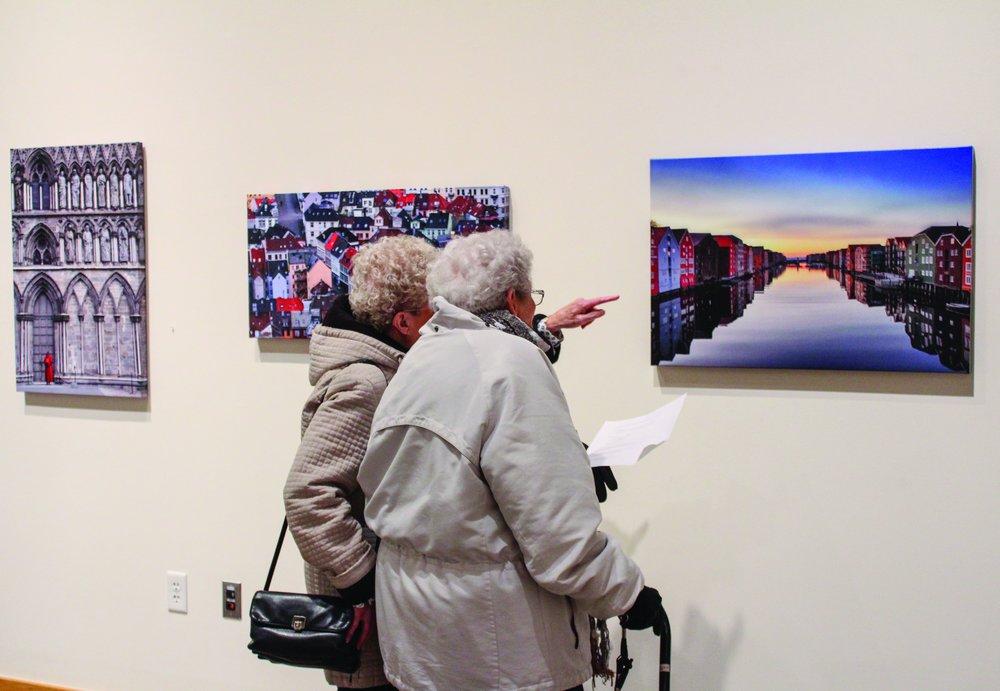
Fifield has dedicated hours and hours to the pieces since May and a few pieces in the series are not yet finished he said.
“The most important part of these pieces is that they’re super pretty to look at. I can talk until someone falls asleep, but they won’t fall asleep while looking at them,” Fifield said.
Another interesting piece was a mixed-media piece, entitled “Transitions”, created by Jeff Huston. There was a background projection of uniform suburbs houses, figures made of iron and standing on wooden carts, that were tied with rope to a block of wood that held three blades. His focus was on the concept of contemporary masculinity that involves being different from the conformity implicated in society, and connecting with others and the earth in the presence of harsh figures that we are forced to be connected to, he said.
The faculty exhibit will be showing until Jan. 30. For more information, contact 509-777-3258.

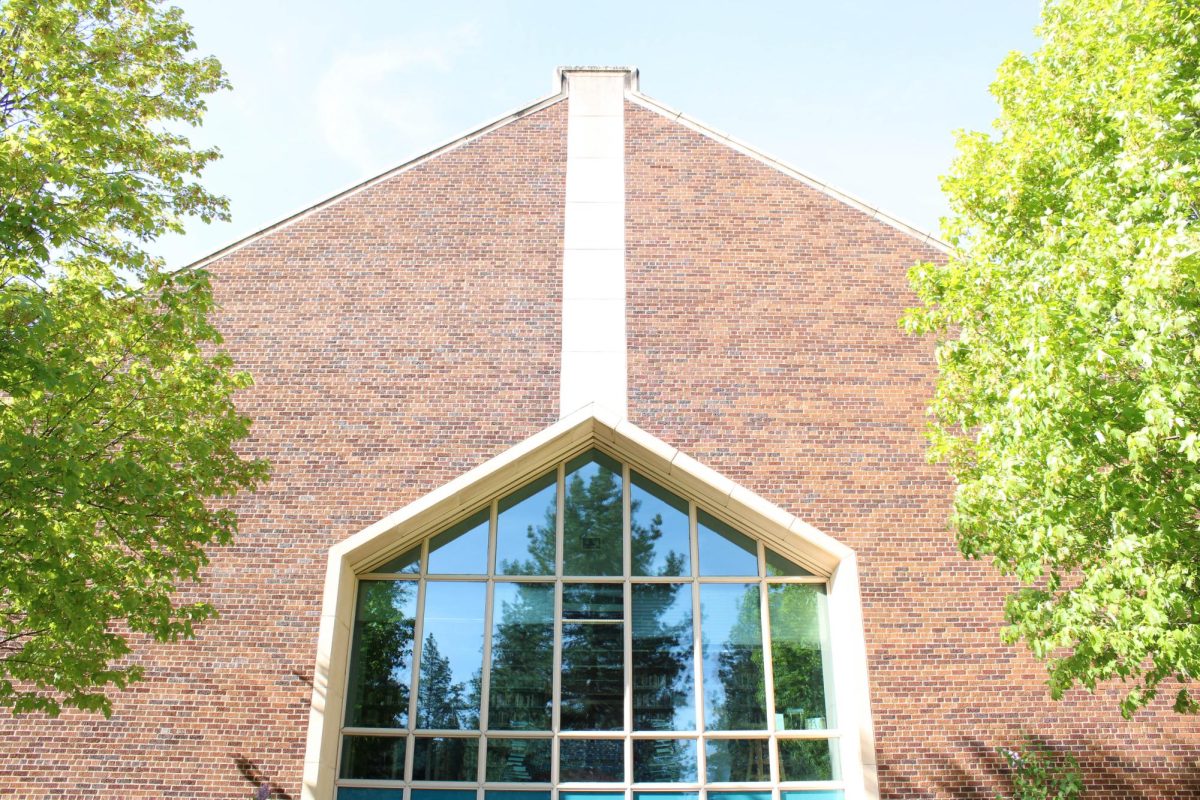
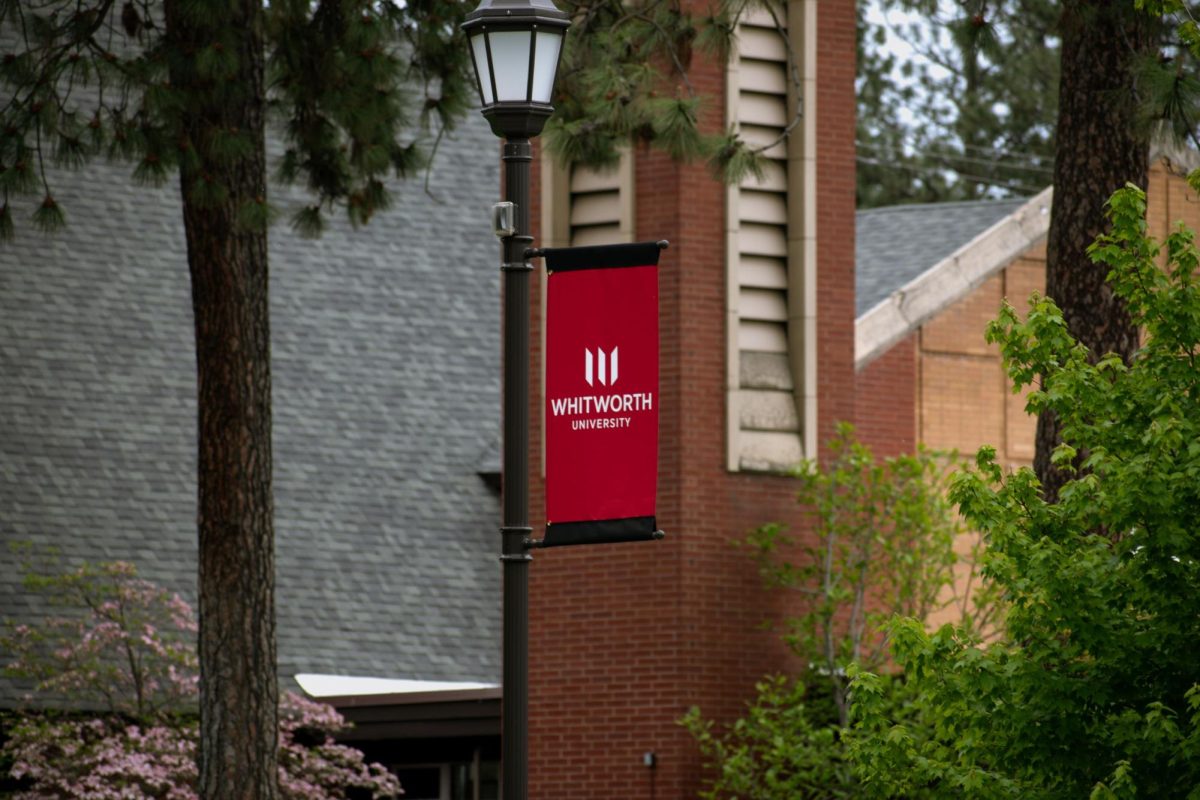
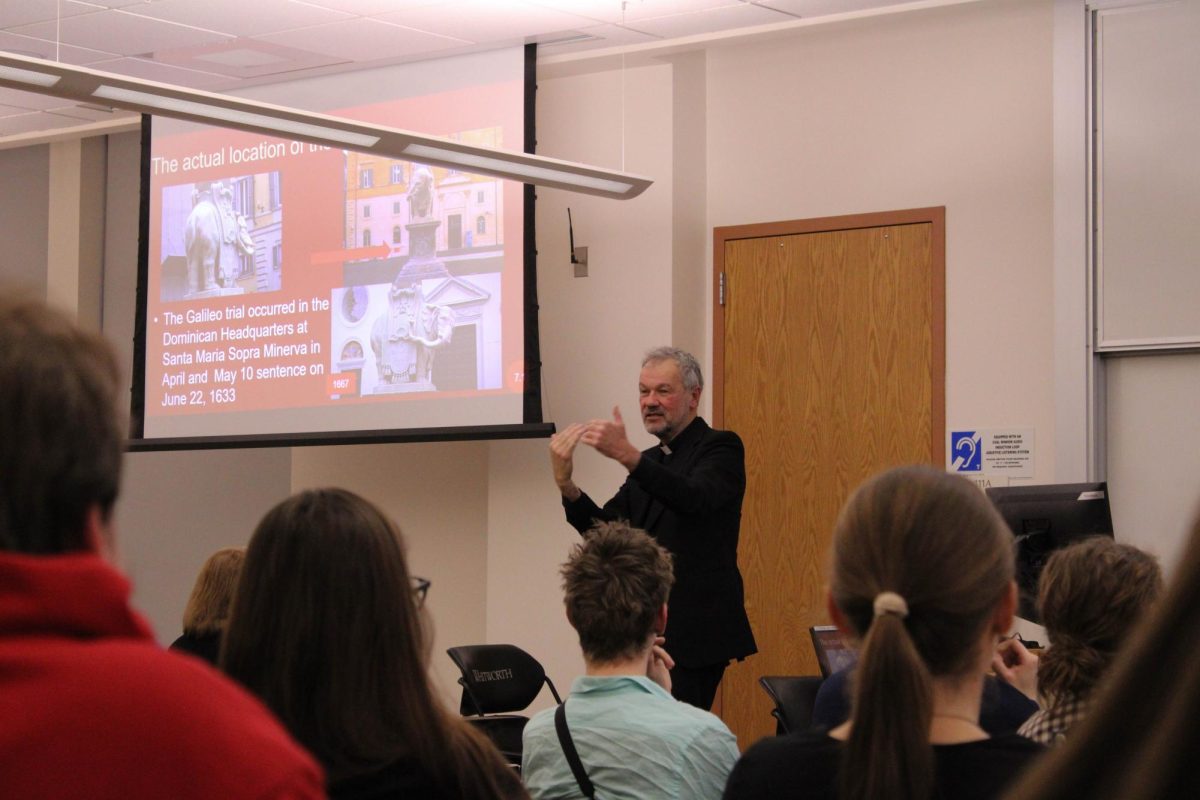
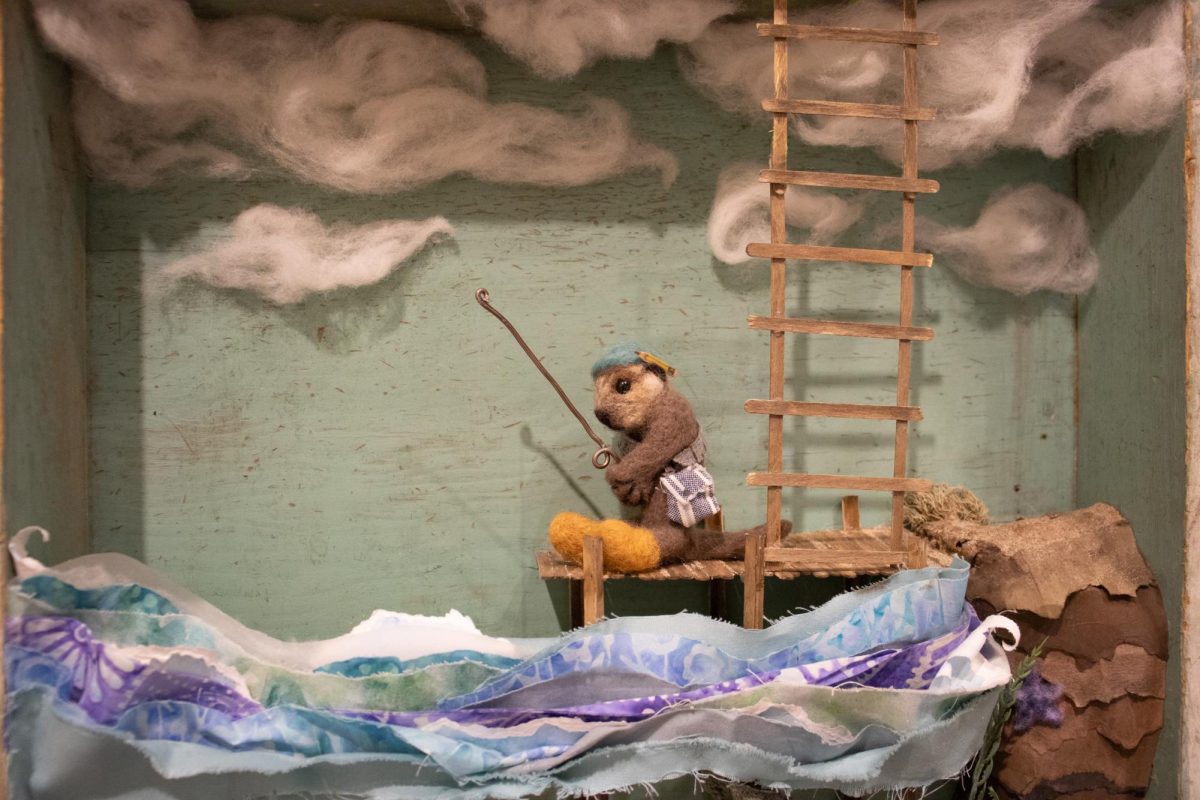

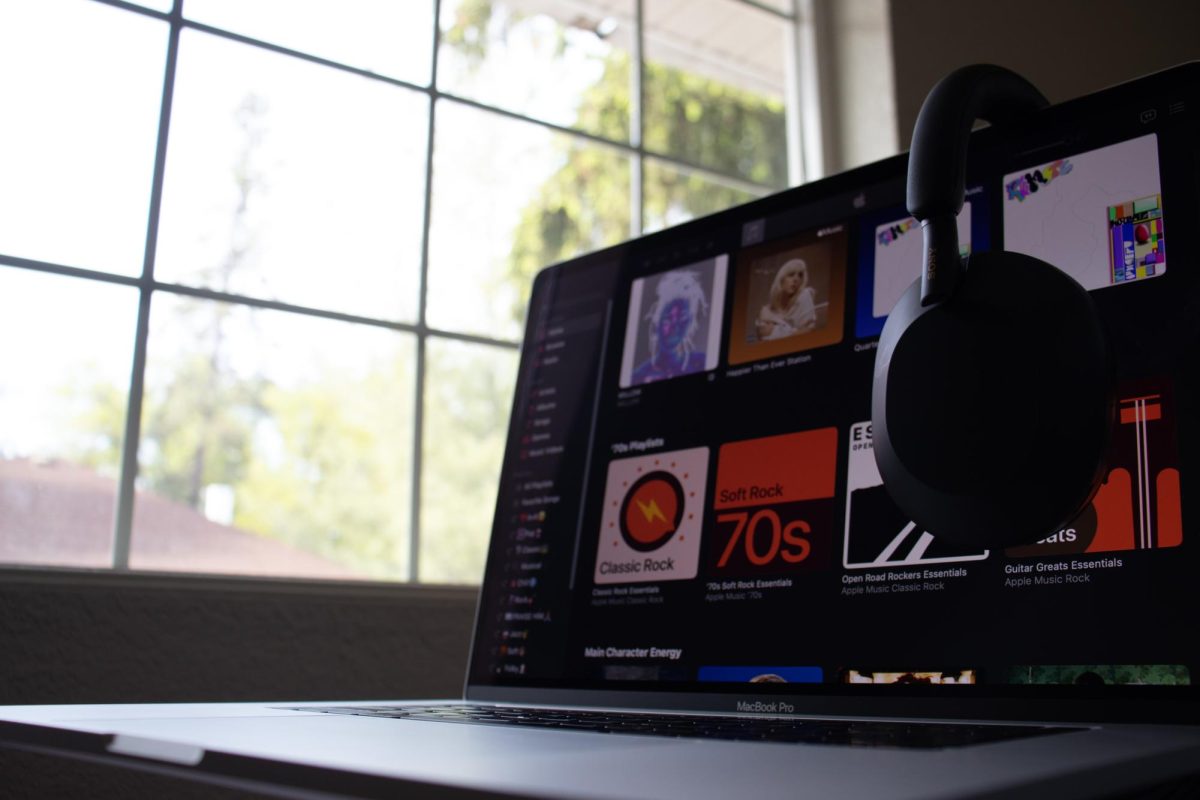
 Spokane?
Spokane?